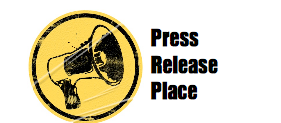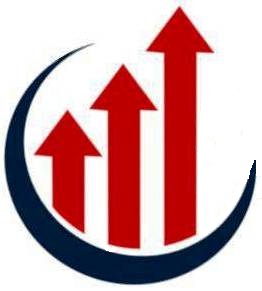Neurostimulation devices are used for the modulation of electric signals communicated from the brain to different organs and vice-versa for improving biological functions. Neurostimulation was used externally for controlling pain and improving muscular tone through devices such as transcutaneous electrical nerve stimulation (TENS); however greater understanding of the biological communication channels and creation of potential inside the body gave an avenue of controlling certain disorders of muscle, sensation and control of pain. Neurostimulation devices comprises a generator and electrodes or leads for delivering therapeutic doses of current and a remote device for controlling the rate and amount of current.
The current market for neurostimulation is divided into three therapeutic applications first of which is Deep Brain Stimulation (DBS). This is intended for indications of Parkinson’s disease, epilepsy, tremor, dystonia and depression among other brain disorders. The second application is Spinal Nerve Stimulation or Spinal Cord Stimulation (SCS) that accounts for the largest market share today. Spinal Cord Stimulation targets chronic pain in certain locations or cases of pain in entire body such as fibromyalgia. The third notable application of neurostimulation is sacral nerve stimulation which is directed at incontinence and uncontrolled urges for urination or defecation. Sacral nerve stimulation accounts for the least share in the global neurostimulation market. An upcoming application in this area is the Vagus Nerve Stimulation achieved from implanting electrodes on the vagus nerve. The technique is used for treatment of depression and epilepsy. The global neurostimulation market estimates for 2014 were at US$ 4.5 billion.
Click For Full Report And Request TOC@ http://www.sa-brc.com/Global-Implantable-Neurostimulation-Devices-Market-Assessment–Forecast-2016—2020/upcomingdetail1
The biggest players in this market are St. Jude Medical, Boston Scientific and Medtronic Inc. Other notable players include Spinal Modulation, BioControl Medical, Synapse Biomedical Inc and Nevro Corporation among several other innovative companies. Collaboration with Spinal Modulation has driven the sales for St. Jude Medical’s neurostimulation segment in 2013. A positive picture can be envisioned for this technology in coming years as it becomes safer, more advanced and increases in acceptance. Overall analysis indicates the market has been doing well, however our social media analysis on the segment indicates an increasing population treated with neurostimulation is still suffering with original problems with or without the amplification in pain or discomfort caused by the surgical procedure of implanting the device. Cost, reimbursement and post surgical success remains a strong challenge for companies in coming years. Along with this, pain management through other means such as Unani medicine and pharmaceuticals also acts as a strong substitute for techniques such as spinal cord stimulation.
SA-BRC analyses the market for neurostimulation devices in North America, Europe, Asia-Pacific, Latin America, Middle-East and Africa. Medical tourism is pushing the growth of neurostimulation procedures in Latin America and Asia-Pacific region. However, North America and Europe continue to lead the market primarily due to greater adoption of the technology and affordability of the device to a large number of people. A large number of private insurers are willing to reimburse the technology, thus making it more accessible to people in United States, Canada, United Kingdom, France, Germany and Japan among other developed countries.
For More Research Reports@ http://www.sa-brc.com/Medical-Devices/upcoming1
This report is intended for manufacturers, investors, medical professionals and other analysts operating or working in the sphere of neuromodulation and neurostimulation. The report will provide an understanding of the true potential of the market and the current rate of growth keeping in mind the various macro and microeconomic parameters that control the healthcare industry in different regions of the world.
NOTE: This report is currently under research and will be made available to clients on request.

